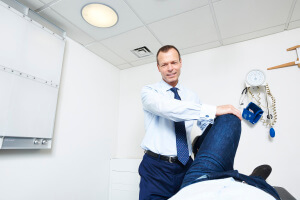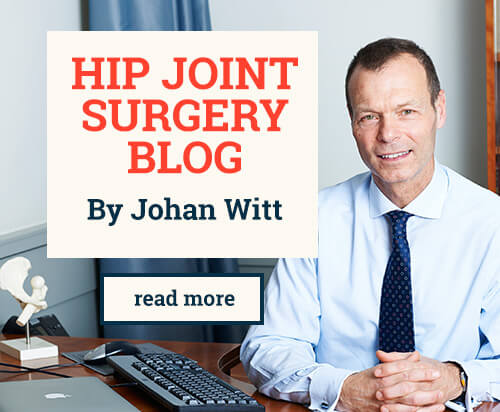Causes of persistent pain after Periacetabular Osteotomy (PAO)
May 10, 2016
A PAO is a very significant operation to re-orientate the acetabulum (hip socket) into a better position – usually because it does not cover enough of the femoral head. Although now we can do this operation through a minimally invasive approach, we can’t escape the fact that it involves a major re-arrangement of the pelvis. The aim of surgery is to get the native hip socket to cover the femoral head as much like a normal hip as possible. How successful we are in achieving this depends rather on what we have to deal with at the outset. Some hip sockets will always be a bit too small or shallow because they are so small to start with, others may look much like a normal hip following surgery.
There are a number of sources of persisting discomfort after a PAO and most of these will settle in the fullness of time.
 The skin over the outer aspect of the thigh can feel quite numb for a while. This is because of the small skin nerves which are interrupted by the surgical incision. Over time the sensation returns, even up to 18 months, and sometimes the return of sensation is very uncomfortable. Firm local massage is usually helpful.
The skin over the outer aspect of the thigh can feel quite numb for a while. This is because of the small skin nerves which are interrupted by the surgical incision. Over time the sensation returns, even up to 18 months, and sometimes the return of sensation is very uncomfortable. Firm local massage is usually helpful.
Where we make the cut in the pubic bone as part of the osteotomy, the ilio-psoas tendon (a strong hip flexor) passes close to this and not infrequently becomes rather inflamed during the recovery process. This makes doing straight leg raise activities difficult. As the bone heals and the pelvic brim re-models the tendon becomes less symptomatic. Usually it will respond to physio, but sometimes we perform a steroid injection to the tendon sheath which is helpful in settling it.
Labral tears are common in dysplastic hips. Following the PAO, the injured area of the labrum is moved away from the main weight bearing area and so this is usually no longer symptomatic. Occasionally if the tear was very bad it could still cause pain, in which case this could be addressed by way of a hip arthroscopy to repair it.
After a PAO, the main cuts that we make in the bone heal after 8-10 weeks. The pelvic bone will continue to re-model and fill in areas of bone for a long period of time afterwards, so it is quite common to have a degree of aching discomfort which I think reflects all this activity that is going on in the bone.
There is not doubt that one has to be patient during the recovery phase after a PAO, but in the end this should be rewarded by ending up with a good hip.




Speak Your Mind